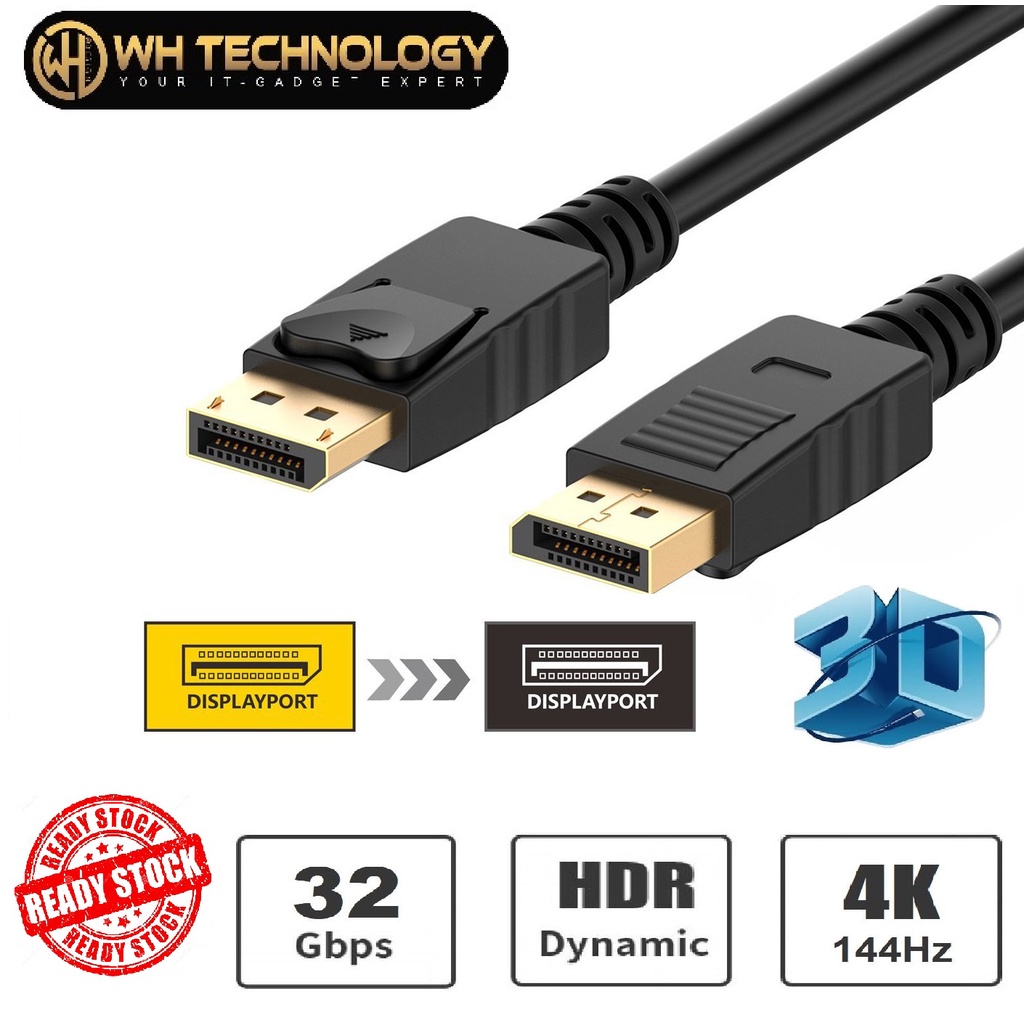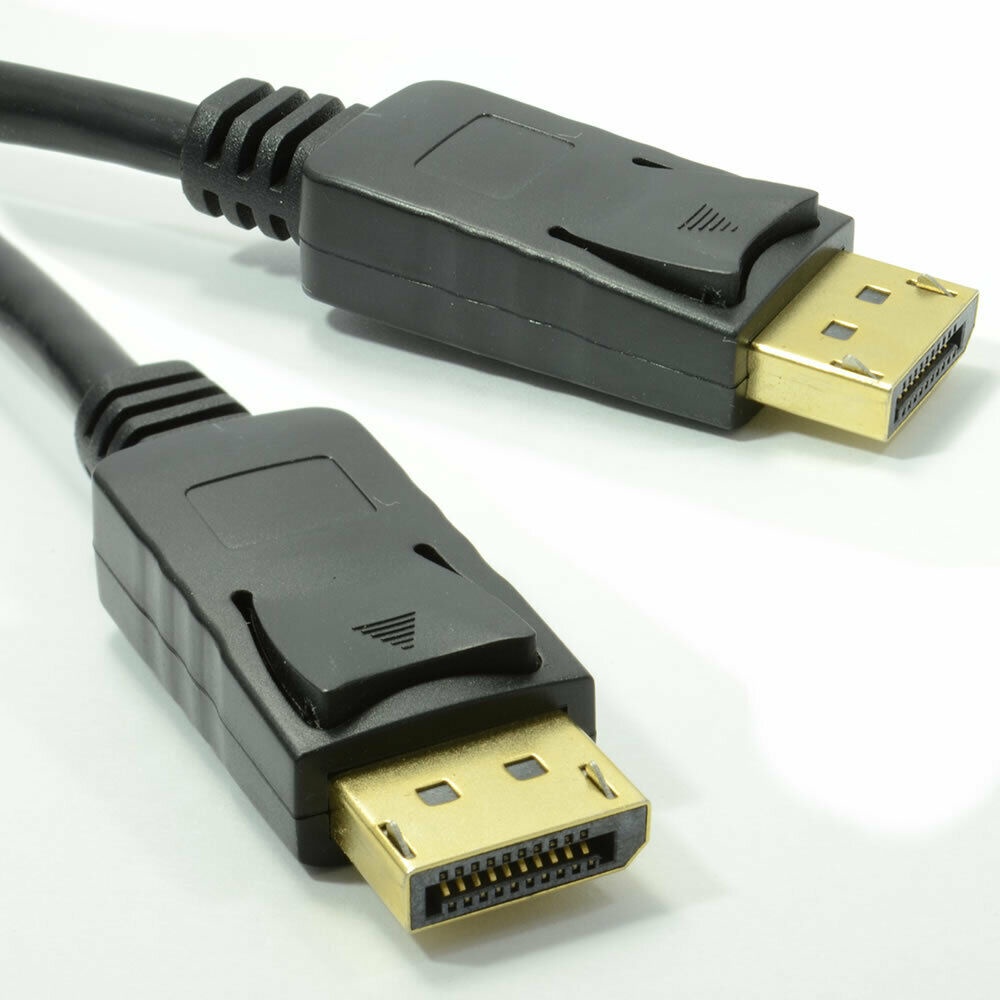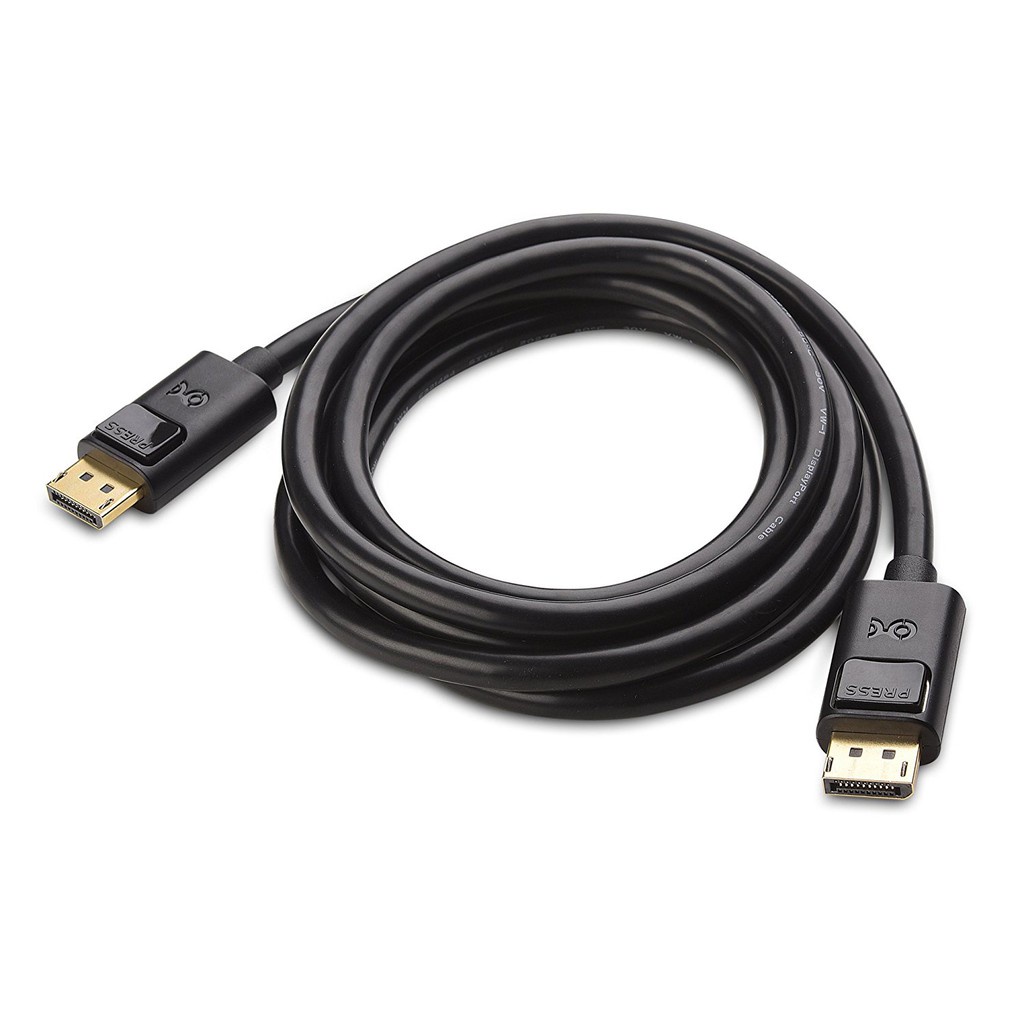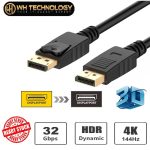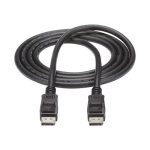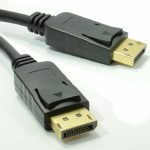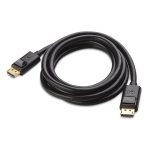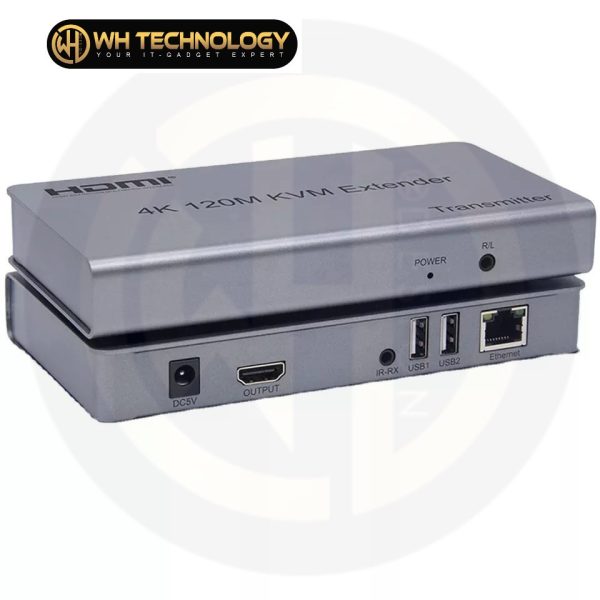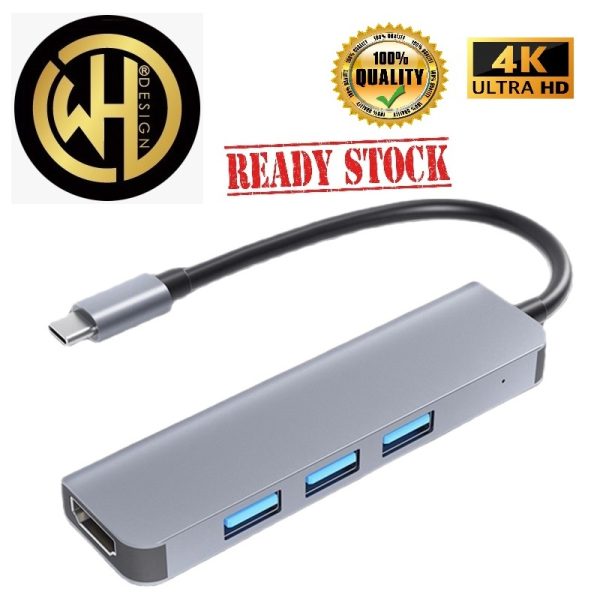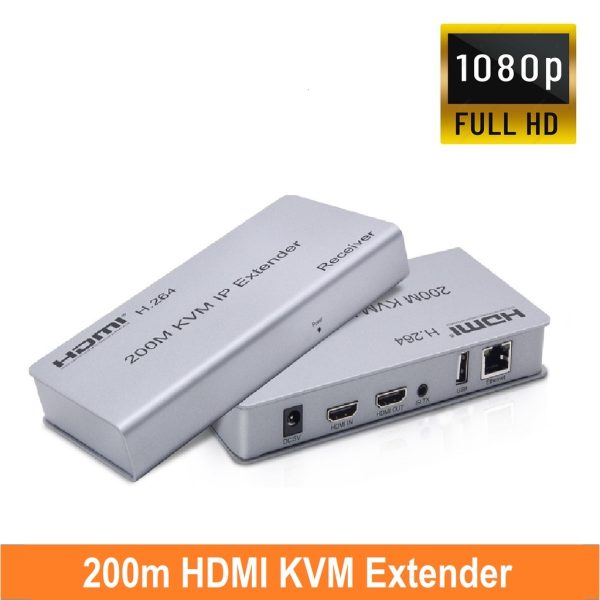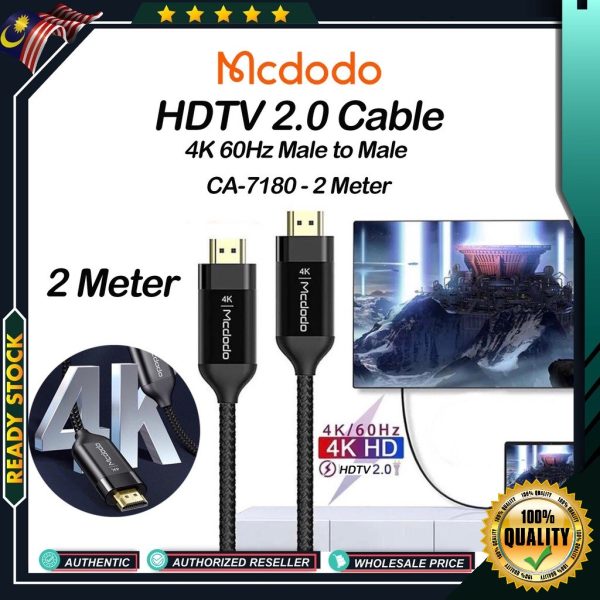Description
DisplayPort defines a new royalty-free, digital audio/video interconnect, intended to be used primarily between a computer and its display monitor, or a computer and a home-theater system. DisplayPort currently supports a maximum of 8.64 Gbit/s data rate over a 2 meter cable. The video signal is not compatible with DVI or HDMI, but a DisplayPort connector can pass these signals through. While DVI and HDMI require separate clock signals, DisplayPort embeds the clock in the data signal. DisplayPort delivers high performance digital connectivity for virtually any use at home or at work. It’s the future standard and It’s available today.
DisplayPort is a digital display interface standard put forth by the Video Electronics Standards Association. It defines a new royalty-free, digital audio/video interconnect, intended to be used primarily between a computer and its display monitor, or a computer and a home-theatre system.
5.184 or 8.64 Gbit/s forward link channel supports high resolution displays with a single cable.
8b/10b data transmission (up to 2.7 GHz symbol rate, up to 4 lanes).
Full bandwidth transmission for 2 metre cable.
Supports color depth of 6, 8, 10, 12 and 16 bits per color component.
Supports YCbCr color space (ITU-R BT.601-5 and BT.709-4), 4:2:2 chroma subsampling
Optional Dual-Mode support generates DVI/HDMI signal with a simple line-level conversion dongle.
128-bit AES DisplayPort Content Protection (DPCP) support, and support for 40-bit High-bandwidth Digital Content Protection (HDCP) from version 1.1 onwards.
Supports internal and external connections so that one standard can be used by computer makers reducing costs.
Open and extensible standard to help with broad adoption.

